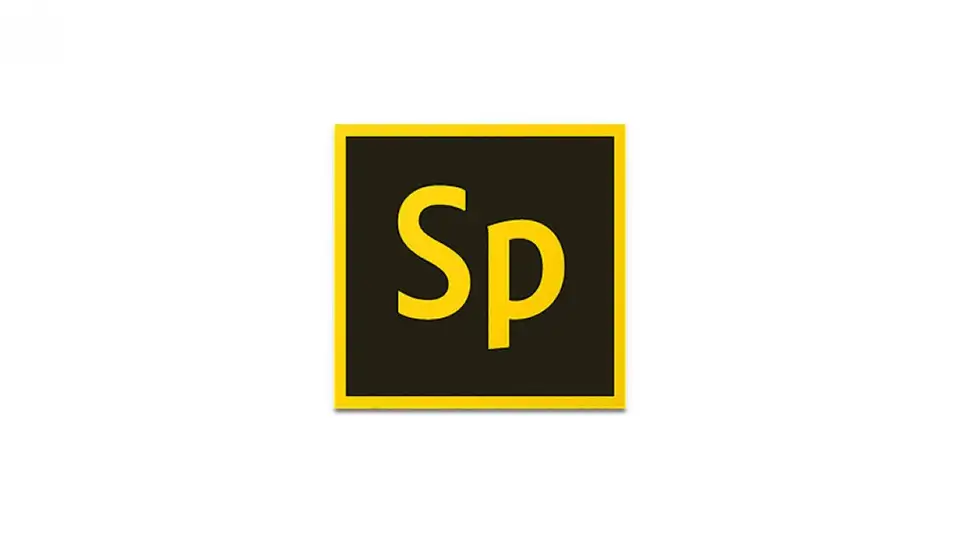Are you tired of writing linear short stories that are just more of the same? Do you crave innovative and engaging ways to structure your narrative? Look no further! In this article, we'll explore various types of short story structures that will spark your creativity and elevate your writing to new heights.
Gone are the days of predictable plots and boring storylines. Today, readers crave stories that challenge their expectations and surprise them at every turn. By experimenting with different structures, you can add depth and complexity to your writing and keep readers engaged from start to finish.
So, get ready and prepare to delve into the world of short story structures!
Key Points
- Short stories can be structured in various ways, including linear, circular, non-linear, framed, and dual perspective storytelling.
- Framed storytelling involves a narrative within a narrative and can create layered effects, but the outer narrative must support and not overshadow the inner narrative.
- Choosing the right structure is crucial and should enhance the story, considering tone, theme, and pacing, and not detract from it.
- Non-linear structures can be complex and intriguing but require careful planning and can add depth and surprise to the story.
Classic Linear Structure
You'll love how easy it is to follow the classic linear structure in short stories! This structure is the most straightforward and commonly used among all types of short story structures.
With this structure, the story progresses linearly from beginning to end, making it easy for readers to follow the flow.
One of the biggest advantages of the classic linear structure is its simplicity. It allows readers to easily grasp the plot and character motivations.
Additionally, this structure is plot-driven, meaning the story focuses on events that occur, making it an ideal choice for commercial stories.
However, one drawback of the classic linear structure is its predictability, making it less appealing to readers seeking innovation.
Compared to other structures, such as non-linear structure, the classic linear structure may seem less experimental.
Nevertheless, this structure remains a popular choice for writers due to its effectiveness in storytelling.
Circular Structure
The Circular Structure creates a deep sense of satisfaction as the story comes full circle, leaving readers feeling fulfilled. This structure is particularly useful when you want to create a sense of closure or resolution.
The story begins at a certain point, develops the plot and characters, and then ends at the starting point, providing a sense of catharsis to the reader.
One advantage of circular storytelling is that it allows you to create tension and surprises. By revealing information non-linearly, you can keep readers guessing about what will happen next. However, this structure can also be limiting, as it requires a certain level of skill to execute effectively.
You need to balance various story elements carefully and ensure that each part contributes to the overall effect. However, for those who master it, the Circular Structure can be a powerful tool for creating engaging and memorable stories.
Non-Linear Structure
It's amazing how many popular films and TV shows use Non-Linear Structure to tell their stories, and many Academy Award-winning films use this technique to create intrigue and depth for their audience.
Exploring non-linear storytelling techniques can be a great way to add complexity to your writing and keep readers guessing until the end.
Non-Linear Structure involves storytelling that is not sequential, jumping around in time to reveal key plot points and character motivations.
This can be highly effective when using non-linear structure to perfect the story arc, as it allows the writer to withhold information until the right moment for maximum impact.
By using this technique, you can create a unique and memorable reading experience that will keep your audience engaged and entertained.
Framed Structure
If you want to write a complex and intriguing story, consider using a framed structure. This type of storytelling involves a narrative within a narrative, with the outer story serving as a frame for the inner story.
Some characteristics of framed stories include their complexity, their ability to create tension and intrigue, and their use of multiple perspectives. If you're looking for inspiration, look at classic short stories like 'The Canterbury Tales' or 'One Thousand and One Nights,' both of which use this structure to great effect.
And if you're ready to start crafting your own framed story, be sure to keep the following tips in mind: create clear framing devices, use the outer story to enhance the inner story, and ensure each narrative is engaging in its own right.
Understanding and Characteristics of Frame Storytelling
Let's delve into what makes framed storytelling so captivating and explore its defining characteristics. Frame storytelling, also known as framing device, is a literary technique used to create a story within a story. It's a narrative structure in which a small story is used to frame a larger story, creating a layered effect that enhances the reader's experience.
Here are some typical characteristics of frame storytelling:
- Framing devices are used to introduce and contextualize the main story. They serve as hooks that draw readers in and set the stage for unveiling the narrative.
- Framed storytelling allows for multiple perspectives and adds depth to the plot. It also creates a sense of mystery and tension, as readers are left wondering how the smaller story relates to the larger story.
- The smaller story is usually resolved within the larger story, thus creating a sense of closure and completion. It's this layered effect that makes framed storytelling so captivating, as it adds complexity and nuance to the narrative.
If you want to add a fresh perspective to your writing, consider experimenting with framed storytelling. By using this technique, you can create layered narratives that will keep readers engaged and interested in your story. So why not give it a try? The possibilities are endless!
Famous Short Stories Examples with Framed Structure
Famous short stories, such as 'The Fall of the House of Usher' by Edgar Allan Poe and 'The Scarlet Letter' by Nathaniel Hawthorne, use the framed storytelling technique to add depth and intrigue to their narratives.
In Poe's story, the narrator visits his childhood friend Roderick Usher, who lives in a decrepit old house with his sister. As the story unfolds, the narrator realizes that the house and its inhabitants are supernaturally connected and haunted. The frame structure adds layers of mystery and tension to the story, making readers wonder about the true nature of the house and its occupants. Similarly, in Hawthorne's 'The Scarlet Letter,' the main narrative follows Hester Prynne, a woman shunned by her community for committing adultery. However, this story is framed by the perspective of an unnamed narrator who discovers the story years later and reflects on its significance. By using this framing structure, Hawthorne is able to comment on themes of sin, guilt, and redemption in a more complex and nuanced way. These famous examples of framed storytelling in literature demonstrate the power of narrative techniques to enhance the impact of a story.
Tips for Crafting an Engaging Framed Story
To craft an engaging framed story, we need to weave the outer and inner narratives seamlessly, like a spider spinning its web around its prey. To achieve this, you need to pay attention to some key elements that will make your story stand out. Here are some tips to help you craft a framed story that will captivate your readers:
- Ensure that the outer and inner narratives are connected. The outer narrative should have a clear relationship with the inner narrative. It shouldn't feel like two separate stories forced into one. The connection should be smooth but clear enough for readers to see the relationship between them.
- Use the framing story to enhance the inner narrative. The framing story should not overshadow the inner narrative. Instead, it should serve to enhance the inner narrative, adding depth and complexity to the story.
- Avoid over-explaining. You don't want to provide too much information in the framing story. It should be used to set the stage for the inner narrative, not to explain everything that happens. Leave some mysteries to be uncovered by readers as they read the story.
Crafting an engaging framed story can be complex, and there are some pitfalls to avoid. These include:
- Making the framed story too complicated. If the framing story is too complicated, readers may lose interest in the story. Keep it simple and straightforward.
- Being too focused on the framing story. The framing story should not overshadow the inner narrative. If you spend too much time on the framing story, readers may lose interest in the main story.
- Lacking a clear connection between the two narratives. If the connection between the two narratives is not clear, readers may be confused and lose interest in the story. Make sure the connection is smooth but clear enough for readers to see the relationship between them.
Choosing the Right Structure
You need to choose the right structure for your short story to ensure your message is effectively conveyed. There are various structures you can use, each with its own strengths and weaknesses. Before choosing a structure, you should consider the factors that are most suitable for your story.
One popular structure is the chronological structure. This structure follows a linear timeline and is easy for readers to follow. However, it can also be predictable and less surprising.
Another structure is the non-linear structure, which jumps around in time, creating a more complex and intriguing story. However, it can confuse readers and requires careful planning.
Ultimately, the structure you choose should enhance your story and not detract from it. Consider the tone, theme, and pace of your story before making a decision.
Conclusion
By understanding the various options available, you can choose the right one to meet your story's needs and make it more engaging for readers.
Interestingly, many readers prefer stories with non-linear structures. Readers are looking for something unique and unconventional in their reading experience.
 Indonesia
Indonesia 









